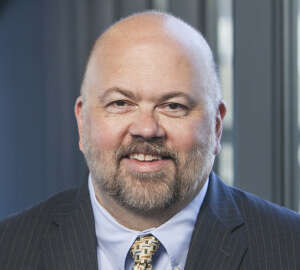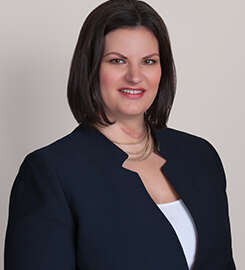
Sad history of federal pay raises
Federal workers are due to get their biggest raise in seven years, but Senior Correspondent Mike Causey says don't expect dancing in the streets.
What if somebody told you that your 2017 white-collar federal pay raise was on track to be the biggest boost you’ve had in eight years?
Bring on the dancing persons, and break out the champagne, right?
Or not.
Joy will be unconfined until reality rears its ugly head. Until you run the numbers and see that the last really, really big raise you got was 2.9 percent. And that was in 2009. After that the 2010 raise was 1.5 percent followed by goose egg (as in nothing) in 2011, 2012 and 2013. Three years, no pay raises. The non-raise in 2013 was followed by a 1 percent increase in 2014, another 1 percent in 2015 and yet another 1 percent last January. Some people got a bit more, thanks to locality pay, but not much more.
In 2008, workers got a 2.5 percent raise, followed by 2.9 percent in 2009.
More commentary

Gen 3.0 analytics: How the government can use the data it owns
The federal pay raise is like the Democratic and Republican presidential nominee race. We are pretty sure (as in horrified) who each party is going to nominate, but it is not chiseled in stone. Yet.
In the case of the pay raise, the magic number is 1.6 percent. That’s the amount proposed by President Barack Obama in his budget. On Wednesday, a House subcommittee passed an appropriations bill, but without any federal pay raise in it. What that means is that the President’s 1.6 percent recommendation will happen, unless he or the Congress raises that amount. Or lowers it.
Some members of the House and Senate — spearheaded by politicians in fed-rich Maryland and Virginia — are pushing for a 5.3 percent raise. They and federal unions say that’s the minimum amount due to workers after three years of no raises and five others at the 1 percent level.
It wasn’t supposed to be like this. Years ago, a Republican president (George H.W. Bush) and a Democratic Congress passed the FEPCA law. It provided for a series of annual pay raises that were designed to gradually lift federal pay, on a city-by-city basis (locality pay) based on comparable wages for their counterparts in the private sector. But when he took office, President Bill Clinton balked at what he and advisers thought were overly generous raises. He recommended a 0 percent increase. Congress overrode him, but that set the pattern that continued through President George W. Bush. Pay raises that were smaller than called for by the FEPCA law. President Obama proposed a two-year federal pay raise freeze which Congress, happily, extended to three.
So if you are looking for a one-size-fits-all partisan politician to blame, you’ve got your work cut out for you.
Nearly Useless Factoid
By Michael O’Connell
The origin of the term “white collar” to denote clerical, administrative or management workers is credited to author Upton Sinclair, who was describing office workers in the 1930s.
Source: Wikipedia
Copyright © 2025 Federal News Network. All rights reserved. This website is not intended for users located within the European Economic Area.
Mike Causey is senior correspondent for Federal News Network and writes his daily Federal Report column on federal employees’ pay, benefits and retirement.
Follow @mcauseyWFED




